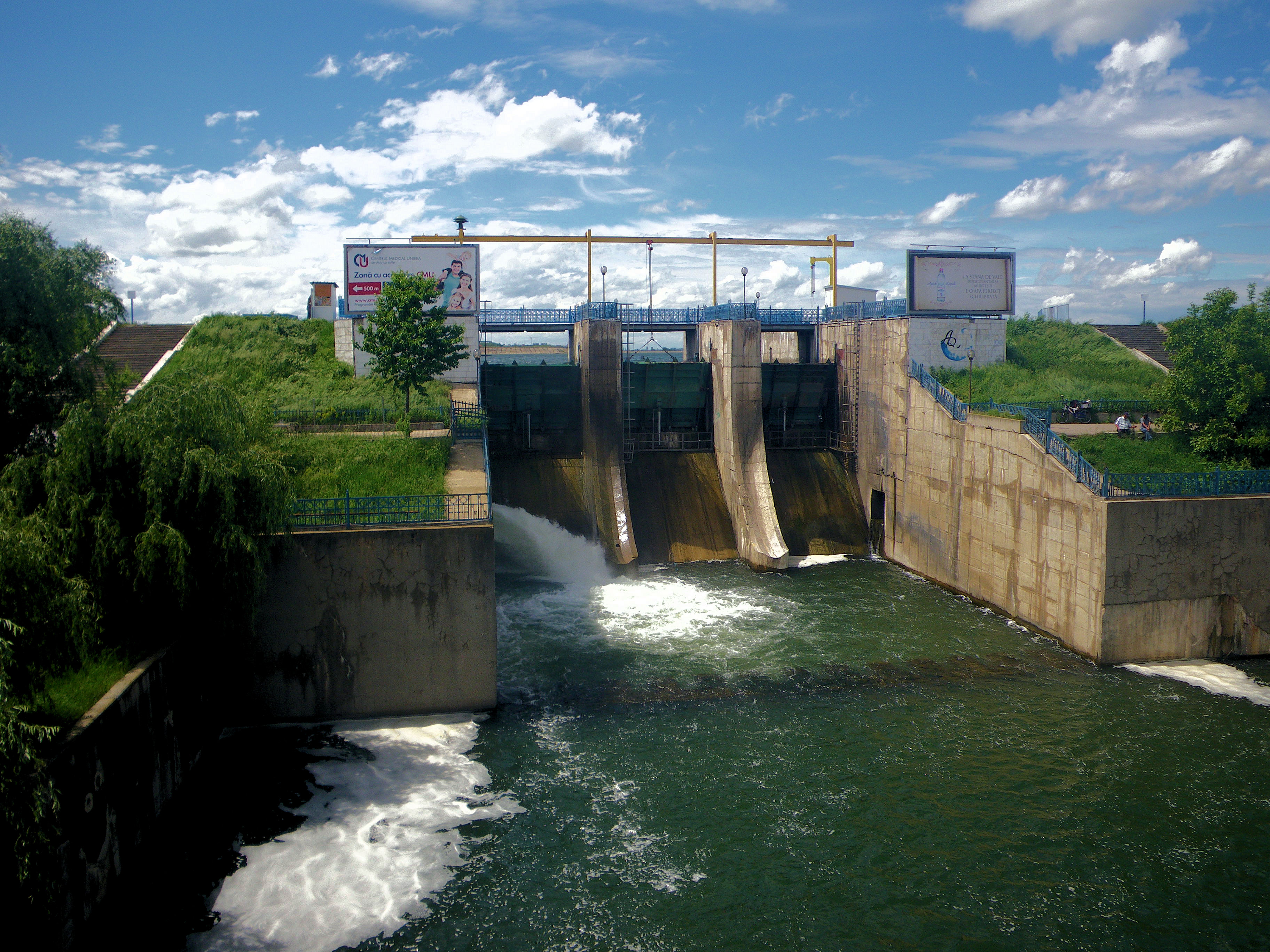Giulești on:
[Wikipedia]
[Google]
[Amazon]
Giulești () is a neighbourhood in northwestern
 In the Middle Ages it was a village, later incorporated into Chiajna Commune, and absorbed into Bucharest in 1939. In the early 1960s a number of 4 storey apartment buildings were raised in the era, initially named as the Constructorilor housing estate. A few years later on the Giulesti avenue in the mid 1960s 8 storey apartment buildings were raised, along with the Prunaru market next to the stadium. It wasn't until the 1980s when mass demolition commenced, replacing old houses with standardised apartment blocks. Nowadays only a few houses remain standing as the neighborhood is dominated by these apartment buildings.
In the Middle Ages it was a village, later incorporated into Chiajna Commune, and absorbed into Bucharest in 1939. In the early 1960s a number of 4 storey apartment buildings were raised in the era, initially named as the Constructorilor housing estate. A few years later on the Giulesti avenue in the mid 1960s 8 storey apartment buildings were raised, along with the Prunaru market next to the stadium. It wasn't until the 1980s when mass demolition commenced, replacing old houses with standardised apartment blocks. Nowadays only a few houses remain standing as the neighborhood is dominated by these apartment buildings.
Bucharest
Bucharest ( , ; ) is the capital and largest city of Romania. The metropolis stands on the River Dâmbovița (river), Dâmbovița in south-eastern Romania. Its population is officially estimated at 1.76 million residents within a greater Buc ...
, located in Sector 6. The Giulești Stadium, Giulești Theatre, Podul Grant are located in Giulești. Also, the Grivița Railway Yards and Lacul Morii are located nearby.
History
The area was inhabited for millennia and it gives its name to theNeolithic
The Neolithic or New Stone Age (from Ancient Greek, Greek 'new' and 'stone') is an archaeological period, the final division of the Stone Age in Mesopotamia, Asia, Europe and Africa (c. 10,000 BCE to c. 2,000 BCE). It saw the Neolithic Revo ...
''Giulești-Boian culture'', the middle phase of the Boian culture, which inhabited in the 4th millennium BC
File:4th millennium BC montage.jpg, 400x400px, From top left clockwise: The Temple of Ġgantija, one of the oldest freestanding structures in the world; Warka Vase; Bronocice pot with one of the earliest known depictions of a wheeled vehicle; Kish ...
Muntenia
Muntenia (, also known in English as Greater Wallachia) is a historical region of Romania, part of Wallachia (also, sometimes considered Wallachia proper, as ''Muntenia'', ''Țara Românească'', and the rarely used ''Valahia'' are synonyms in Ro ...
and later expanded into southern Moldavia
Moldavia (, or ; in Romanian Cyrillic alphabet, Romanian Cyrillic: or ) is a historical region and former principality in Eastern Europe, corresponding to the territory between the Eastern Carpathians and the Dniester River. An initially in ...
and southern Transylvania
Transylvania ( or ; ; or ; Transylvanian Saxon dialect, Transylvanian Saxon: ''Siweberjen'') is a List of historical regions of Central Europe, historical and cultural region in Central Europe, encompassing central Romania. To the east and ...
.
Notable landmarks
The Giulesti Stadium (officially "Rapid Arena") is the home of Rapid București football club. * Giulești Stadium * Giulești Theatre * Podul Grant * Grivița Railway Yards * Lacul MoriiReferences
{{DEFAULTSORT:Giulesti Districts of Bucharest